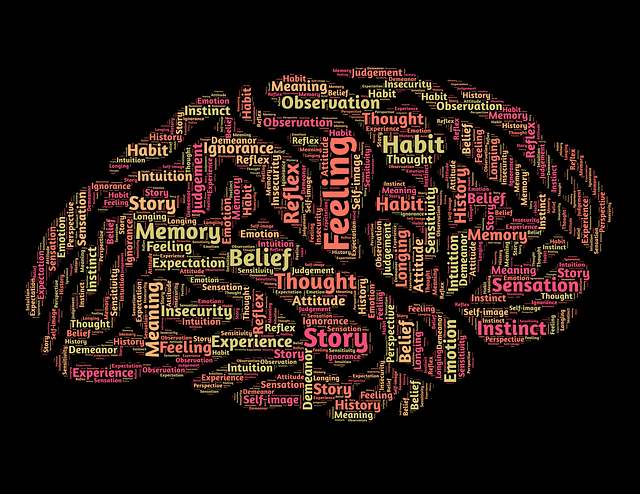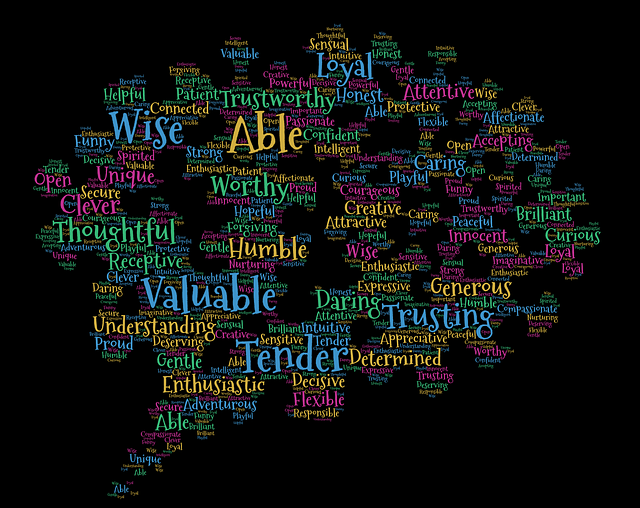I participate each month in a writer’s group for people experiencing chronic illness and/or disability. We meet online on Zoom and undertake reflective writing following a stimulus piece (e.g. a poem, a song or short story) introduced by our facilitator. We then share what we have written, being open about our challenges and the feelings we experience in dealing with them.
An added benefit of our Creative Meetups is the willingness of participants to share their strategies for dealing with their difficulties. While we each have quite unique health conditions, we are readily able to relate both to the feelings expressed by others and the strategies they share to overcome any negative self-talk. Through the online Meetups, we can see other participants from around the world and progressively build relationships with members of the group.
The facilitator for our Creative Meetup group is now Jennifer Crystal, author of One Tick Stopped the Clock. Jennifer is a story coach with The Health Story Collaborative that hosts our monthly Meetups. So we have the distinct advantage of having a facilitator who is experienced in narrative therapy and teaching people how to write for healing.
Reflective poems: a strategy for managing chronic illness and associated feelings
One of the participants in our January Creative Meetup, mentioned that he writes a reflective poem as a means to “tell himself what to do” when he is overcome with difficult feelings such as anxiety or depression. As an amazing piece of synchronicity, I had done exactly the same thing the night before the Meetup.
I was beginning to get frustrated with the constant flare-ups of dermatitis, set off by my multiple food sensitivities, when I began to ask myself, “Why do I keep eating things that I know will cause a flare-up of dermatitis?” Through the reflective poem, I was able to stand back, look at the consequences of my actions and form the resolution to behave differently. My recent reflective poem has enabled me to find light in the darkness. The poem acts as a “bridge to action” in the face of inertia.
The Creative Meetups are a great stimulus to write and share our stories and the group provides ongoing support for behavioural change. The insights gained from the stories of other participants are invaluable. I have found, too, that I invariably write a poem after each Meetup – which is helping me to grow in self-awareness and to address unresolved issues in my life. For example, I have written the following poems stimulated by activities of our monthly Meetups:
- Paternal Forgiveness
- Until Our Last Breath
- Validation and Accommodation
- Autumnal Shedding
- Losing sight (with a comment by one of our Creative Meetup participants).
Healing through storytelling
Jennifer Crystal’s book, One Tick Stopped the Clock, epitomizes the healing power of storytelling encapsulated in the Creative Meetups. She shares her feelings of being frustrated with the medical profession (it took 8 years to obtain a correct diagnosis of her chronic illness), how she had to develop a new identity and find ways to achieve self-care amidst her debilitating experience. The strategies she employed to manage her challenges and difficult emotions included writing and pacing herself. Jennifer’s proactivity, like that of participants in the Creative Meetups, act as inspiration for me to take action on my own chronic health condition.
Like Jennifer, I initially sought the advice of my General Practitioner only to find that the issue of allergy was outside his area of expertise. However, to my frustration, he did not inform me that the clinic had a doctor who was trained in immunology. After searching the profiles of the clinic doctors, I found a doctor who had a PhD in immunology and had worked in a number of hospitals as an immunologist. Through her referral, I had an appointment with a specialist who was a clinical immunologist and allergist. Once again, my proactivity led me to unearth an erroneous assumption that I had made.
The immunology specialist pointed out that I did not appear to have Mast Cell Activation Syndrome (MCAS). He explained that there were two levels of Mast Cell Activation – mine related to Level 1 which was largely confined to the skin and was reflected in dermatitis. He stated that MCAS, the syndrome level, was more episodic and systemic (including symptoms such as diarrhea, brain fog, breathing difficulties and digestive problems).
Reflection
I have been trying to manage my chronic condition of an overactive immune system but recently a tick bite set me back considerably as my dermatitis flared up resulting in a short time at the Emergency Centre of a hospital. My feelings of frustration at not being able to eat a wide range of foods were generating a sense of helplessness.
I have found that writing a reflective poem helped me to identify what was in my control and to face up to the actions I needed to take to redress my symptoms. As I grow in mindfulness through reflective writing, I am gaining increased self-awareness, tapping into my creative energy and generating momentum for positive behavioural change.
The following reflective poem flowed from Creative Meetups and related storytelling and shared wisdom:
Managing Chronic Illness Mindfully
The chronic condition:
immune system overdrive,
comfort and pleasure turned to discomfort and pain.
Focusing on deprivation:
makes it more difficult,
harder to avoid the breakouts.
The brief taste sensation:
gluten delicacies enticing temptation,
causing skin damage.
Setting off micro-implosions:
lasting rash, hives and itch,
discomfort magnified by frequency.
The body keeps the score:
registering every aberration,
exacting its toll.
The way forward:
openness to “what is”,
bringing light to depressing darkness.
Paying attention to the body:
listening to the body’s wisdom,
breaking free of emotional blackmail.
Buying time to heal:
avoiding alcohol and sleep deprivation,
eliminating causes of flare-ups.
Reducing the need for cortisone ointment:
protecting the body’s skin barrier,
restoring immune equilibrium.
Mindful awareness growing inside:
opening to nature’s beauty,
savouring life-giving breath.
Discerning the locus of control:
identifying what I can change,
acting on this insight.
It’s time to rebuild:
exercising and osteopathy,
walking and Tai Chi.
___________________________________________
By Ron Passfield – Copyright (Creative Commons license, Attribution–Non Commercial–No Derivatives)
Disclosure: If you purchase a product through this site, I may earn a commission which will help to pay for the site, the associated Meetup group and the resources to support the blog.









